Conversation Piece Blu-ray Movie
HomeConversation Piece Blu-ray Movie 
Gruppo di famiglia in un internoRaroVideo U.S. | 1974 | 123 min | Not rated | Apr 10, 2012
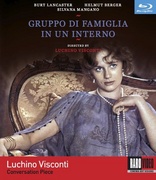
Movie rating
7 | / 10 |
Blu-ray rating
| Users | 0.0 | |
| Reviewer | 3.5 | |
| Overall | 3.5 |
Overview
Conversation Piece (1974)
A retired American teacher leading a solitary life in a luxurious palazzo in Rome meets a lively marchesa and her companions, including her daughter and her lover. He rents them an apartment, and his quiet lifestyle is changed in a profound way by his colorful new tenants.
Starring: Burt Lancaster, Helmut Berger, Silvana Mangano, Claudia Cardinale, Dominique Sanda (I)Director: Luchino Visconti
| Drama | 100% |
Specifications
Video
Video codec: MPEG-4 AVC
Video resolution: 1080p
Aspect ratio: 2.35:1
Original aspect ratio: 2.39:1
Audio
Italian: DTS-HD Master Audio Mono
English: DTS-HD Master Audio Mono
Subtitles
English
Discs
25GB Blu-ray Disc
Single disc (1 BD)
Packaging
Slipcover in original pressing
Playback
Region free
Review
Rating summary
| Movie | 4.0 | |
| Video | 3.0 | |
| Audio | 3.0 | |
| Extras | 2.5 | |
| Overall | 3.5 |
Conversation Piece Blu-ray Movie Review
Upstairs, downstairs.
Reviewed by Brian Orndorf April 9, 2012A master craftsman of films such as 1963’s “The Leopard” and 1971’s “Death in Venice,” Luchino Visconti settles down for 1974’s “Conversation Piece,” which is perhaps his most tranquilized effort. Taking a microcosmic look at life inside an Italian apartment building, the picture is exquisitely observational and finely acted, carrying a bold sense of unspoken desires and developing fears, playing smartly as both a domestic drama with pronounced period intentions and as a study of the aging process, with its distressing atmosphere of seclusion and routine. While a motionless feature in a visual sense, Visconti encourages a rising tension to the piece that’s nurtured expertly for two generous hours of pointed conversation and acts of deception. The helmer’s penultimate creation, “Conversation Piece” radiates an autobiographical touch underneath the theatrics, articulating private thoughts and broken dreams in an achingly human manner, making star Burt Lancaster’s nuanced performance all the more potent. Acidic, with a few flashes of uneasy sexuality, the movie commences as a mannered story concerning an invasion of privacy, only to ultimately reveal itself as an open wound of feelings and political paranoia, shaped into a compelling sit by an influential, widely beloved filmmaker.
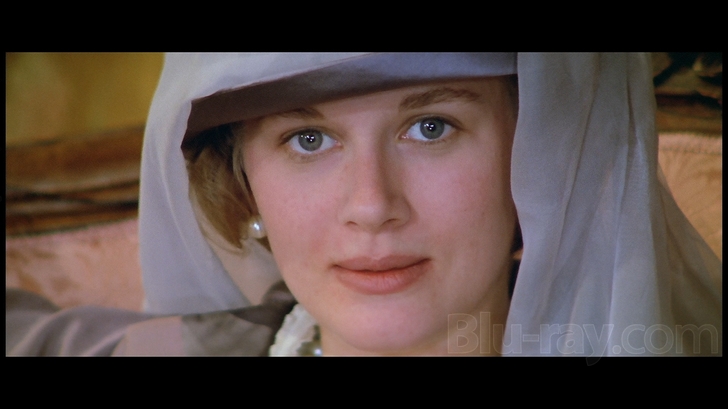
A former man of science who’s seen the extent of the world’s woes during his time in war, The Professor (Burt Lancaster) lives a solitary life inside an opulent palazzo in Rome. A collector of fine art, known as “conversation pieces,” The Professor has filled his empty home with gorgeous paintings, drawn to their complexity and uniqueness during a time of elderly stasis, while his thoughts occasionally turn to a lost marriage that’s haunting his loneliness. Marching into his life is Marquise Bianca Brumonti (Silvana Mangano), the demanding wife of a controversial politician, who requests the open space above The Professor’s home for use as an apartment for her lover, Konrad (Helmut Berger). Badgered into a lease, The Professor is dismayed to find remodeling plans are starting to destroy his own domicile, while Bianca’s daughter Lietta (Claudia Marsani) and her boyfriend Stefano (Stefano Patrizi) have joined the invasion, with their youthful energy cracking the veneer of refinement The Professor has spent his life perfecting. Drawn into Konrad’s escalating troubles, The Professor finds himself growing fond of the family’s addiction to drama, seizing purpose and emotional involvement for the first time in decades, while the young hustler struggles to find his place in a changing world, achieving comfort in the old man’s worldliness.
The story of a man’s distinguished residence invaded by toxic outsiders traditionally promises overt thriller trappings, with the innocent tormented into submission, unable to defend himself against the youth gone wild. “Conversation Piece” doesn’t take an interest in such genre delights, accepting a daringly tender direction wrapped up in an itchy atmosphere of discomfort, as The Professor is confronted with a colorful display of modern sensibilities that often literally crash down around him. Using the irritation to fuel interpersonal events, Visconti latches on to a particularly scratchy area of personal thaw, keeping The Professor suitably flummoxed as his initial disapproval of the family’s corrosive ways soon warms to an appreciation for their complications and their presence, allowing a man who’s removed himself from life a chance to partake in a community atmosphere, with arguments, lust, and manic behaviors reawakening his senses in unexpected ways. Once a distanced appreciator of recognized artistic achievements, The Professor is now facing unpredictability again, reminding him of a life he once knew. Visconti (who co-wrote the screenplay) creates understanding where anxiety should be, developing a poignancy between The Professor and Konrad, two opposites bonding over an admiration of art, extending to physical protection when the gigolo finds himself in over his head with drug deals and European politics, triggering sensitivity in the senior that comes to surprise the family, who never knew their refined landlord had it in him.
It’s through Lancaster’s graceful work as The Professor that “Conversation Piece” truly finds its footing as a sensitive psychological study. Always precise with reactions and emotional leakage, Lancaster brings ideal regality and startling vulnerability to the character, developing the man’s openness to these strangers through subtle changes in demeanor and physical involvement. He’s superb here, carrying a crippling weight of remembrance and restraint that infiltrates every scene, deepening the significance of The Professor’s eventual submersion into the sordid lives of his tenants. There’s a joy in simply watching Lancaster play miniature beats of understanding, elevating the entire cast along with him, with commendable work from Berger as the seductive, troubled Konrad, while Mangano steals scenes as Bianca, a fiery woman saddled with intense issues of shame, quick to lash out at those who challenge her, a trait she’s learned from her own dealings with her cagey husband.
Providing further stimulation is the spacious production design by Mario Garbuglia, creating an astonishing living space for The Professor that speaks to his love of art and his diminutive stature within his own home. With secret rooms (once used to hide assorted refugees) and quiet corners, the living space comes to be its own character, displaying hypnotic depth and artistic refinement. There’s also a sharp collision of eras revealed later in the picture, when work on Konrad’s apartment is finally completed, the finished product resembling a rec room from “Danger: Diabolik.” Cinematography by Pasqualino De Santis is equally divine, rich with color and expanse, generating a palpable feel for exclusion and intrusion, further enriching the feature’s concentration.
Conversation Piece Blu-ray Movie, Video Quality 
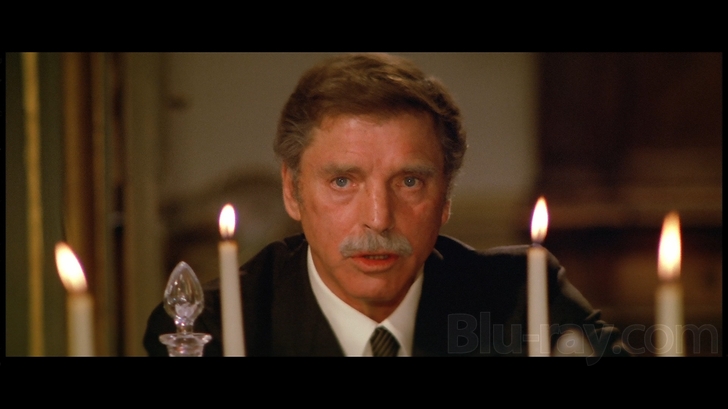
The AVC encoded image (2.35:1 aspect ratio) presentation carries itself gracefully, providing a fresh viewing experience that handles the demands of the soft cinematography satisfactorily. Colors are rich and stable, with the opulence of The Professor's home preserved with hearty reds and golds, while elaborate costuming carries an additional element of varied hues, communicating the generational divide further. Fine detail is scrubbed out to a degree by DNR efforts, but the image retains cinematic flavors, with some facial nuances and make-up additions easy to scrutinize, while fabrics maintain texture. The depth of the production design also makes an impression during this HD event, with the viewer permitted to survey artwork and literary choices, while lens limitation also reveals itself in full. Low-light scenarios bring out some clotted blacks and moderate ghosting issues, but shadow detail is acceptable. Skintones are flush, with pleasing pinks supporting a human feel to these troubled characters. Reel changes are spotted, but the print is largely clean.
Conversation Piece Blu-ray Movie, Audio Quality 

The 2.0 DTS-HD MA sound mix is a blunt affair, befitting a film nearly 40 years old. The frontal sonic push is comfortable, with a heavy isolation of the Italian dubbing, making dialogue exchanges and emotional purgings easily understood. Scoring is supportive, carrying a decent weight to drive home dramatic points, never intruding on the performances or hitting shrill notes common with pictures of a certain age. While a true sense of bass is missing, the mix brings an accurate read of the effort's passive nature, with silence an important component that's preserved well without intrusive imperfections. The track is not dynamic, but realistically simple and effective. And English mix is available as well, presenting Lancaster and Berger's original audio.
Conversation Piece Blu-ray Movie, Special Features and Extras 
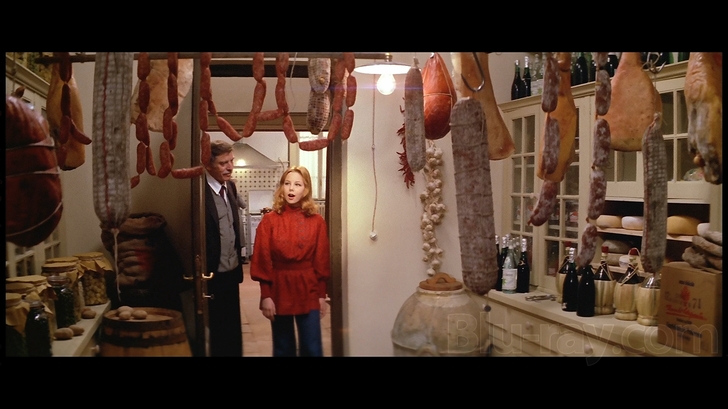
- Booklet offers 15 pages of information, including a critical assessment and a Visconti biography.
- Interview (9:33, SD) sits down with critic Alessandro Bencivenni, who provides a thorough understanding of how "Conversation Piece" came to be, tracing its inspiration and production challenges for Visconti, who was fighting illness during filming. Addressing the camera, Bencivenni is direct and interesting, supplying the disc with a bite-sized informational track that greatly enhances the viewing experience.
- And a Theatrical Trailer (3:45, HD) is included.
Conversation Piece Blu-ray Movie, Overall Score and Recommendation 
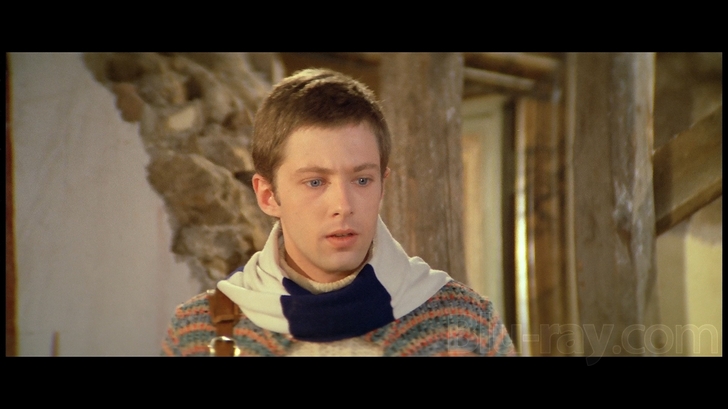
Although politics in this combustible Italian landscape provide some sense of disorientation throughout the picture, blood doesn't truly boil until the final act, where The Professor bears witness to confessions and accusations that do little to dissuade his emotional interests. The moments feed into Visconti's passions for barbed conversation and national interests, yet the blast of blame makes "Conversation Piece" feel a little too bottom-heavy, loosening some of its tight grip on intimate matters. However, it's a small price to pay for such an expertly observed feature, which sustains a mesmeric interest in personality and passions emerging from unlikely sources. The textures of still life make an ideal setting for Visconti's vision of yearning.
Similar titles
Similar titles you might also like

Pasolini
2014

Zama
2017

Loveless
Нелюбовь / Nelyubov
2017

Christ Stopped at Eboli
Cristo si è fermato a Eboli / Full-Length Version
1979

Love and Anarchy
Film d'amore e d'anarchia, ovvero 'stamattina alle 10 in via dei Fiori nella nota casa di tolleranza...'
1973

Summertime
1955

Beasts of No Nation
2015

Hard to Be a God
Трудно быть Богом
2013

The Conformist
Il Conformista | 4K Restoration
1970

La Chinoise
1967

Eva
1962

La signora senza camelie
1953

The Insult
L'insulte
2017

Teorema
1968

Sister Emanuelle
Suor Emanuelle
1977

Baarìa
2009

Il Generale della Rovere
Director's Cut | Includes theatrical cut in SD
1959

Mother
1926

The Belly of an Architect
Slipcover in Original Pressing
1987

The Damned
La caduta degli dei
1969